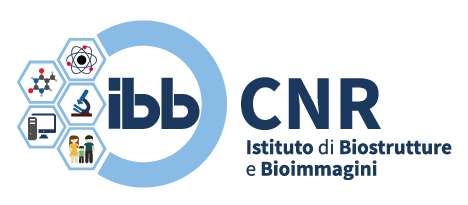Description
In skin homeostasis dynamic interactions occur between the epidermis, microbiome and immune cells. The disruption of such a balanced interplay is the basis of many skin disorders (atopic dermatitis; psoriasis; tumors). These pathological events can be caused by alteration of the composition of microbial communities, physical damage to the epidermal barrier, abnormal keratinocyte differentiation process, aberrant self-produced and self-sustaining immune response. A crucial role in epidermal homeostasis is played by CARD14, a multi-domain adapter protein, which confers susceptibility to psoriasis. CARD14 is specifically expressed in skin and forms a signalling complex with BCL10 and MALT1, (CBM complex), which activates NF-κB and regulates the balance between inflammation and innate immune response to Pathogen Associated Molecular Patterns (PAMPs). However, the molecular mechanisms underlying CARD14 regulation of skin-specific signalling pathways are still unclear. Therefore, the project proposal is aimed to investigate the involvement of CARD14 and the CBM complex in: keratinocyte differentiation (I), TLR-Induced innate response (II) and the regulation of keratinocyte-specific redox status and lipid peroxidation (III), with specific attention towards perturbing events that cause psoriasis. To clarify the epidermis-specific functions of CARD14, our secondary aims will be:
- the structural analysis of the interactions that CARD14 and its variants, both natural and pathogenic, tightens with antiviral signal transducers recently identified as new molecular partners, TANK and MAVS;
- the functional study of the role of the ferroptosis, a new form of regulated iron-dependent cell death caused by a lethal level of intracellular ROS, in the pathogenesis of psoriasis. These goals will be achieved through a multidisciplinary approach, which will integrate the expertise of research units in cellular and molecular biology, cell metabolism, dermatology, mucosal immunity, and biochemistry. The proposed activities are organized in work packages that each research unit will carry out autonomously, according to specific skills. The project will contribute in the definition of new therapeutic approaches, through the identification of novel targets and reliable biomarkers in the treatment of inflammatory skin disorders.
Objectives and expected results
Project proponents and involved entities
- Università degli Studi del Sannio di Benevento
- Università degli Studi “Magna Graecia” di Catanzaro

